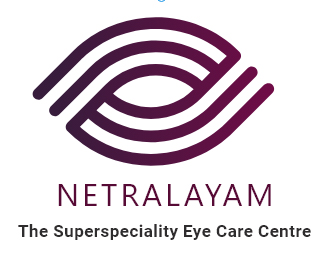Dr.Maneesh Singh
MBBS (Hons. Gold Medalist) | MS (Gold Medalist) Director | Netralayam The Superspeciality Eye Hospital | Kolkata Senior Consultant - Glaucoma and Cataract Services | Netralayam (VIP) Ex Consultant Sankara Nethralaya Joint Treasurer | Glaucoma Society of India Executive Body member Ophthalmological Society of West Bengal (OSWB) Scientific Committee member OSWB | Hony. Treasurer Glaucoma Society of India | Jt Treasurer Glaucoma Society of India from '20-'22
Netralayam (Mukundapur)
330, Barakhola,
Mukundapur Main Road
EM Bypass, Kolkata – 700099
Contact: +0 91 98744 39198
E-mail: docmsingh@gmail.com
Netralayam (VIP)
Shree Tower 2, RAA 36,
Raghunathpur Near Big Bazaar,
VIP Road, Kolkata – 700059
Contact: +0 91 98744 39198
E-mail: docmsingh@gmail.com
Cataract Surgery

Patient: What is Cataract?
Doctor:
The lens, where cataracts form, is positioned behind the colored part of your eye (iris). The lens focuses light that passes into your eye, producing clear, sharp images on the retina — the light-sensitive membrane on the back inside wall of your eyeball that functions like the film of a camera. A cataract scatters the light as it passes through the lens, preventing a sharply defined image from reaching your retina. As a result, your vision becomes blurred. As you age, the lenses in your eyes become less flexible, less transparent and thicker. Age-related changes cause tissues within the lens to break down and clump together, clouding small areas within the lens. As the cataract continues to develop, the clouding becomes denser and involves a greater part of the lens. Cataracts may develop in only one eye, but they usually develop in both of your eyes. However, the cataracts usually aren’t totally symmetrical, and the cataract in one eye may be more advanced than the other.
